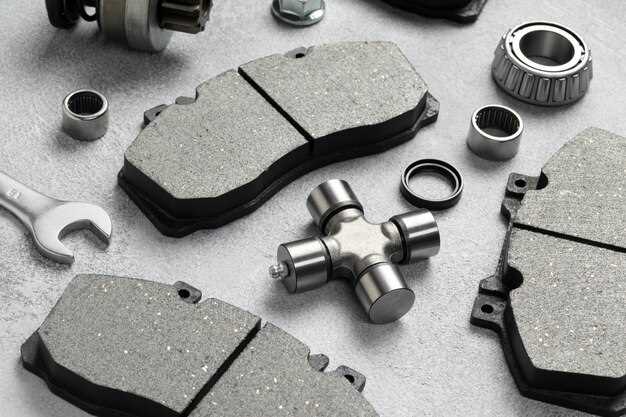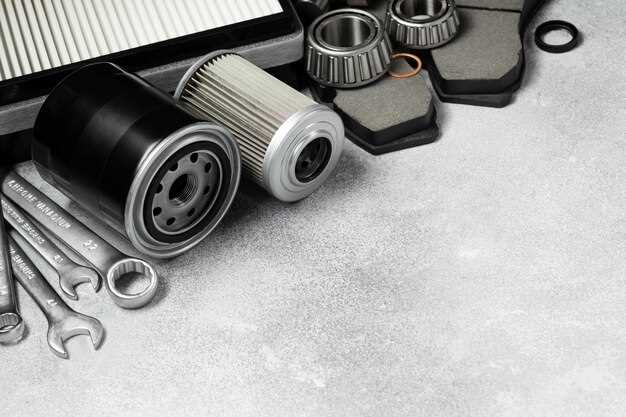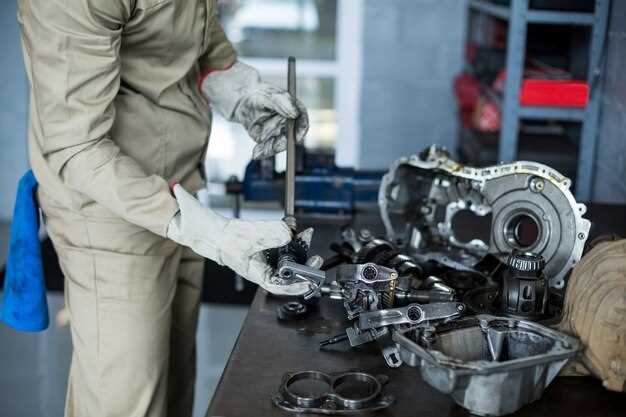
In the world of automotive performance, turbocharging has become a popular choice for enthusiasts seeking to boost their vehicle’s power output. A turbocharger kit can substantially improve engine efficiency, providing drivers with increased horsepower and torque without requiring a complete engine overhaul. Whether you are looking to enhance your daily driver or unlock the full potential of your performance vehicle, selecting the right turbocharger kit is crucial.
With a wide variety of options available on the market, choosing the best turbocharger kit for your vehicle can be a daunting task. Various factors such as compatibility, installation difficulty, and overall performance gains need to be taken into account. This guide will explore some of the top-rated turbocharger kits that have been proven to enhance car performance efficiently and effectively.
From novice enthusiasts to seasoned professionals, the right turbo kit can transform your driving experience, offering more power and agility on the road. In this article, we will delve into the features, benefits, and performance results of leading turbocharger kits. By the end, you’ll be better equipped to make an informed decision and elevate your vehicle’s performance to new heights.
Understanding Different Types of Turbocharger Kits

Turbocharger kits are essential for boosting engine performance by increasing the amount of air entering the combustion chamber. There are several types of turbocharger kits available, each designed for specific applications and performance goals.
One of the most common types is the OEM turbocharger kit. These kits are designed to meet the specifications set by the original equipment manufacturer, ensuring compatibility and reliability. They are ideal for those looking to replace a faulty turbo or enhance their vehicle while maintaining factory settings.
Another popular option is the aftermarket turbocharger kit. These kits often include upgraded components such as larger turbos, intercoolers, and enhanced piping. Aftermarket kits allow for greater customization, enabling enthusiasts to achieve higher performance levels and tailor the setup to their specific needs.
Twin-scroll turbocharger kits present a unique design that uses two exhaust paths to improve response and efficiency. By utilizing separate exhaust channels for low and high RPMs, these kits help reduce turbo lag and provide a smoother power delivery. They are commonly used in performance-focused vehicles seeking a balance between responsiveness and power.
Sequential turbocharger kits employ two or more turbochargers of different sizes operating at varying RPMs. This setup allows for optimal performance across a wide RPM range. Smaller turbos can spool quickly at low RPMs, while larger ones take over as engine speed increases. This system is often favored in high-performance racing applications.
Compound turbocharger kits combine multiple turbochargers to further optimize performance. Typically, a small turbo boosts the intake air to a larger turbo, allowing for exceptional airflow and power output. These kits are complex and generally used in extreme performance builds, often seen in competitive motorsports.
Lastly, integrated turbocharger kits combine turbochargers directly with the exhaust manifold, creating a compact design. These kits are advantageous for space-constrained engine bays and offer quicker spool times, as the proximity reduces turbo lag. They are often found in modern sports cars and performance vehicles.
Understanding the different types of turbocharger kits is crucial for making informed decisions to enhance car performance. Each kit type offers unique benefits and can cater to specific performance goals, making them essential components for any tuning enthusiast.
Key Features to Look for When Choosing a Turbocharger Kit
When selecting a turbocharger kit, there are several important features that can significantly influence both performance and overall satisfaction. Understanding these features can aid in making an informed decision.
1. Turbocharger Type: There are various types of turbochargers, including single, twin-scroll, and sequential systems. Each type has unique characteristics affecting boost response and efficiency. Choose one that aligns with your desired performance attributes.
2. Size and Trim: The size of the turbocharger, measured in terms of the compressor and turbine trim, is crucial. A larger turbo typically produces higher power but may lag in response. Ensure that the size matches your engine’s displacement and intended horsepower goals.
3. Material Quality: The durability of materials used in the turbocharger kit can greatly impact longevity and performance. Look for components constructed from high-quality aluminum, stainless steel, and other heat-resistant materials that can withstand high temperatures and pressures.
4. Included Components: A comprehensive turbocharger kit should come with all the necessary components for installation. This includes piping, intercooler, blow-off valve, and a tune. Ensure the kit comes with everything needed to avoid additional purchases later.
5. Compatibility: Ensure that the turbocharger kit is compatible with your specific vehicle model and engine type. This will impact both installation ease and the performance characteristics of the turbo system.
6. Boost Control Options: Advanced boost control features, such as wastegate designs and boost controllers, can provide better management of boost levels. Look for kits that offer flexibility in tuning boost to suit different driving conditions and preferences.
7. Warranty and Support: A good warranty indicates manufacturer confidence in their product. Check for warranty duration and what it covers. Additionally, look for brands that offer customer support to assist with installation and troubleshooting.
8. Reviews and Reputation: Research user reviews and the reputation of the manufacturer. Feedback from other car enthusiasts can provide insights into the performance and durability of the turbocharger kit.
By considering these key features, you can select a turbocharger kit that not only enhances your car’s performance but also meets your specific driving needs and objectives.
Installation Tips for Optimal Turbocharger Performance

Installing a turbocharger is a complex process that requires careful attention to detail for optimal performance. First and foremost, ensure that you have all necessary tools and components before starting the installation. This includes the turbocharger kit, appropriate gaskets, oil feed and return lines, and intake and exhaust connections.
Start the installation by thoroughly cleaning the engine bay and components to prevent debris from contaminating the engine or the turbocharger itself. Before installing the turbocharger, check for any pre-existing issues with the engine, such as leaks or wear, that could affect performance. Address these concerns to ensure a solid foundation for your turbo setup.
When mounting the turbocharger, follow the manufacturer’s guidelines meticulously. Use the correct torque specifications and ensure all bolts are properly tightened to avoid any loosening during operation. Pay special attention to the oil feed and return lines; these should fit securely to prevent oil leaks, which can lead to turbo failure.
Proper alignment of the turbocharger is crucial. Misalignment can cause excessive wear on bearings and lead to premature failure. Use alignment tools if available, and double-check that all components are positioned correctly before finalizing the installation.
After installation, it is vital to prime the turbocharger before starting the engine. This involves manually cranking the engine without starting it to allow oil to circulate through the turbo’s bearings. This step helps prevent dry starts that can damage the turbo.
Additionally, after installation, monitor your vehicle for signs of abnormal operation. Keep an eye on boost levels, oil pressure, and temperatures. Use tuning software to adjust the engine management system for optimal performance, as a turbocharger will significantly change engine dynamics.
Finally, make sure to perform regular maintenance on the turbocharger. This includes checking for leaks, replacing oil filters, and ensuring that the air intake system is clean. Keeping the turbocharger in excellent condition will maximize its performance and lifespan.





